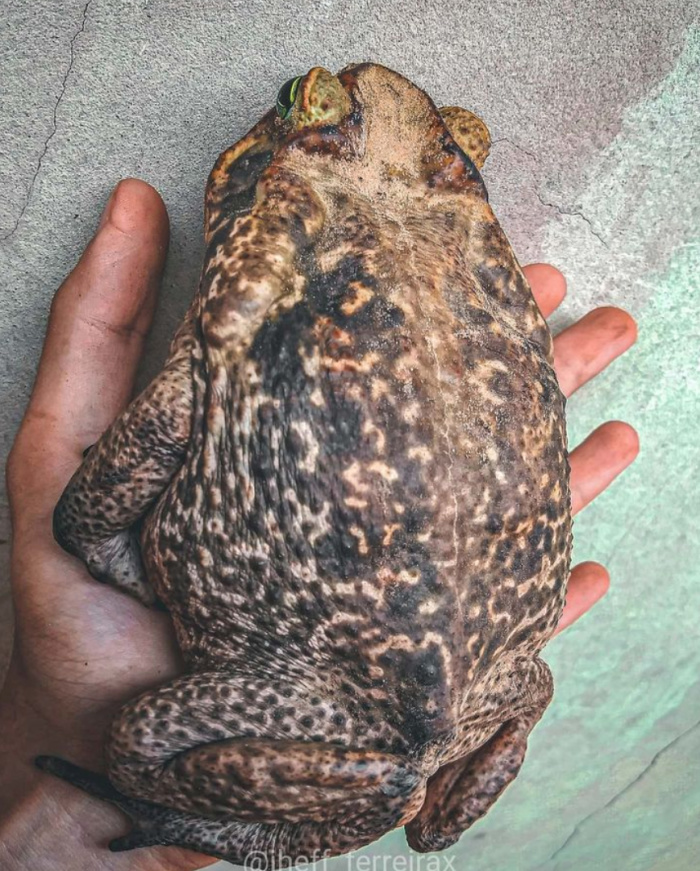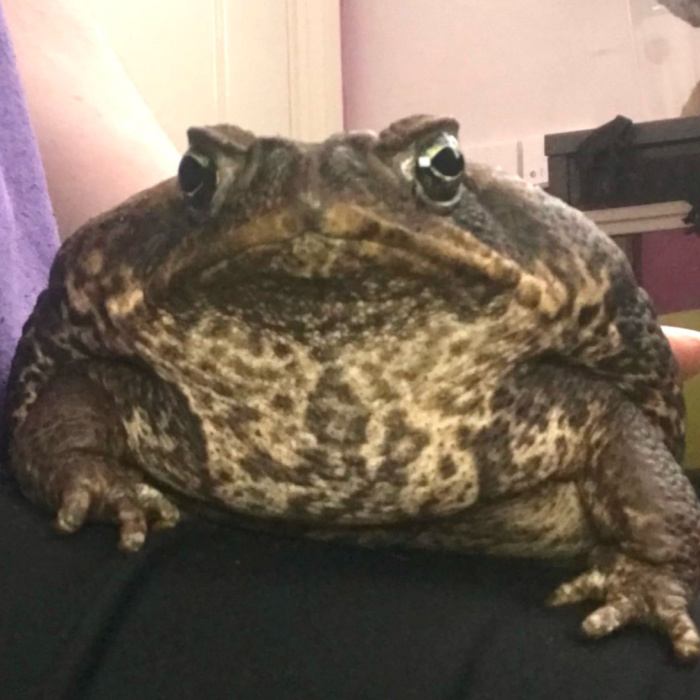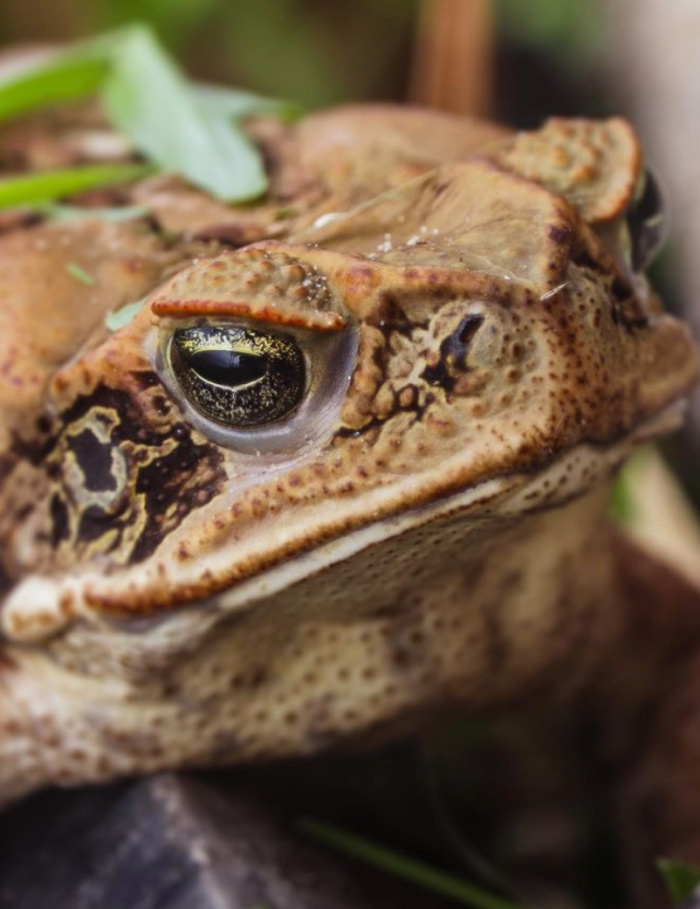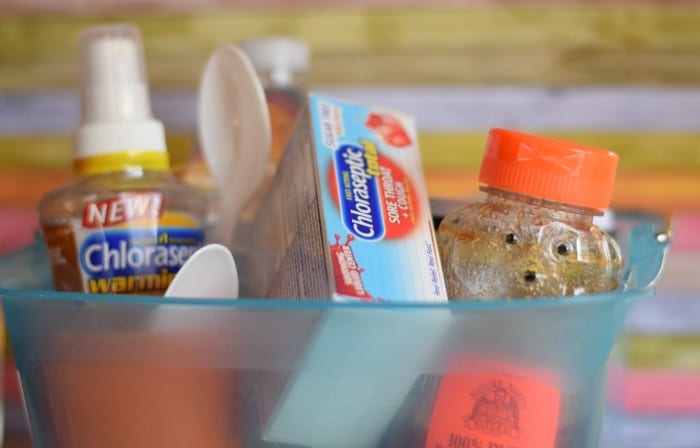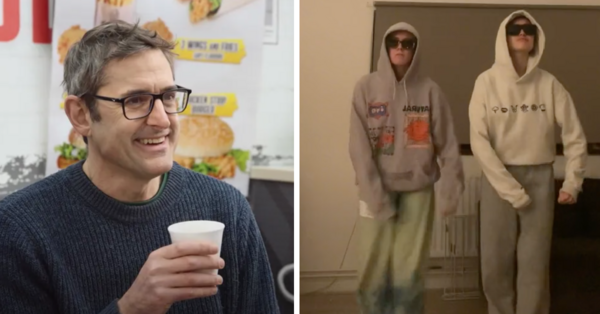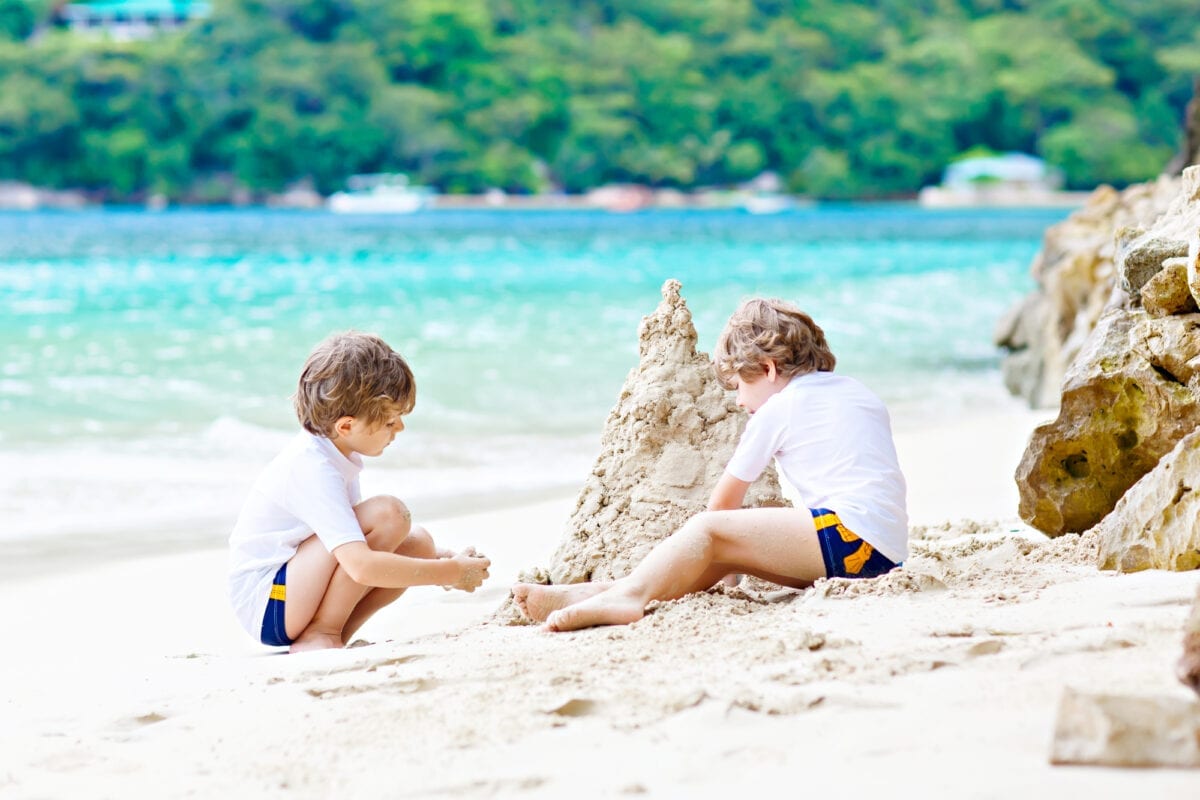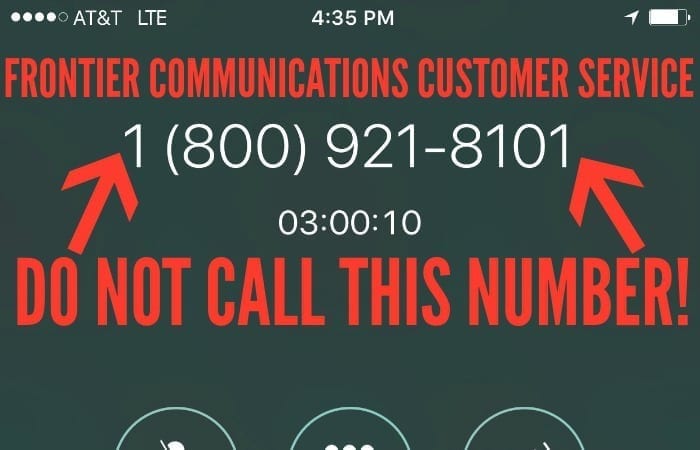This Giant ‘Toadzilla’ Might Just Be The World’s Biggest Toad Ever
There was a toad found in Australia that’s so stinkin’ big, it was dubbed “Toadzilla.”
Now, I’m not a fan of any toad. But, make that toad an enormous monster, and I’m out.
Clocking in at the size of a baby, Toadzilla might just set the record for the biggest toad ever found.
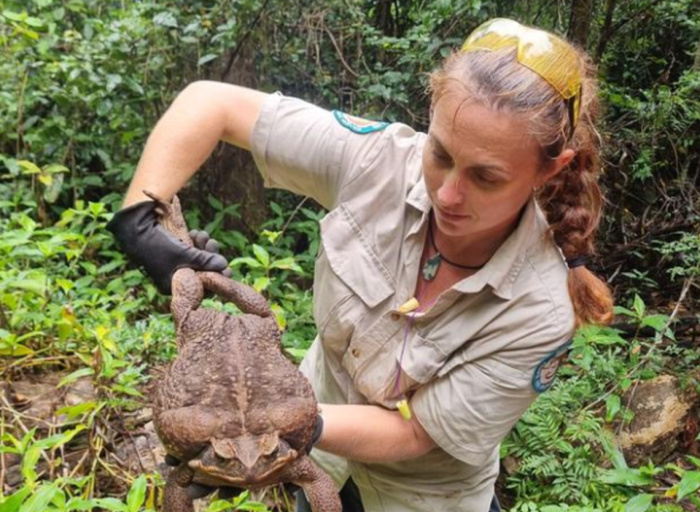
When the park ranger stumbled upon this giant creature, all she could do was gasp.
I would have screamed, but that’s just me.
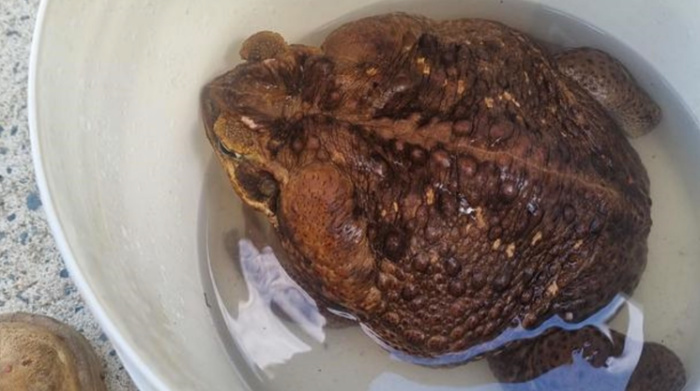
I reached down and grabbed the cane toad and couldn’t believe how big and heavy it was. We dubbed it Toadzilla, and quickly put it into a container so we could remove it from the wild.
Kylee Gray
There was a reason that Toadzilla needed to be removed from its home in the national park.
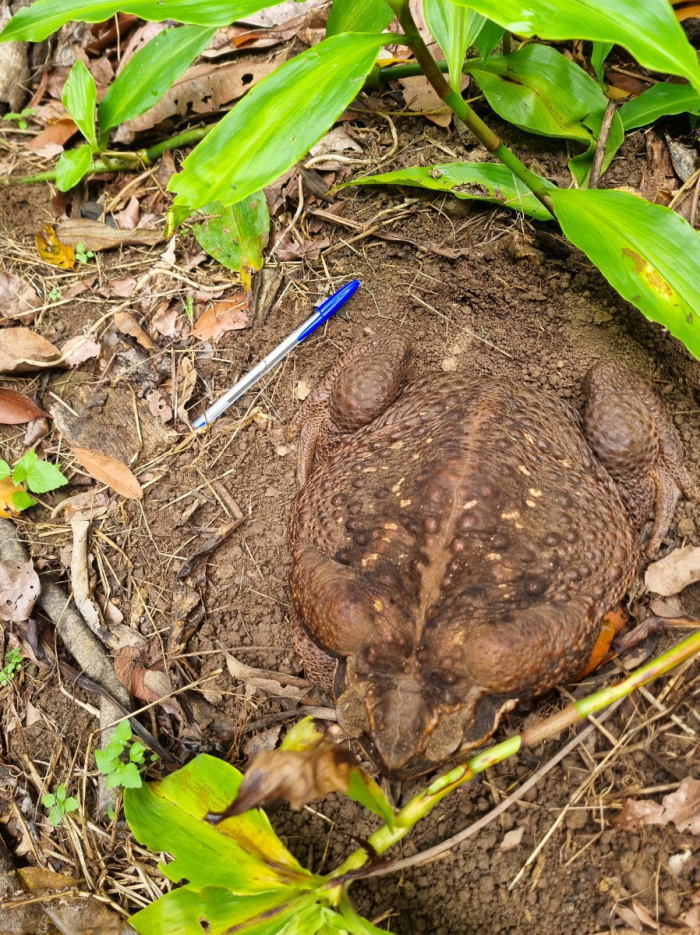
Cane toads are actually quite bad for areas they inhabit.
According to WFMY News 2, cane toads secret a “‘milky poison’ called bufotoxin that can cause cardiac arrest as well as psychedelic effects.”
They also have no natural predators. So, as you can imagine, they tend to overrun the areas in which they thrive.
Not only are they poisonous pests, these cane toads can and will eat anything it can fit into its mouth.
That includes insects, reptiles, and small mammals.
Can you just imagine the animals that Toadzilla could fit in her pie hole?!? Like, watch your pets!

In case you are wondering what they did with Toadzilla, they euthanized her.

I know, it seems a shame to euthanize a world record toad, but she had the potential to create havoc in and around her home.

A female cane toad like potentially Toadzilla would lay up to 35,000 eggs. So their capacity to reproduce is quite staggering. And all parts of the cane toad’s breeding cycle are poisonous to Australian native species, so prevention is a big part of how we need to manage them.
Barry Nola, senior park ranger




